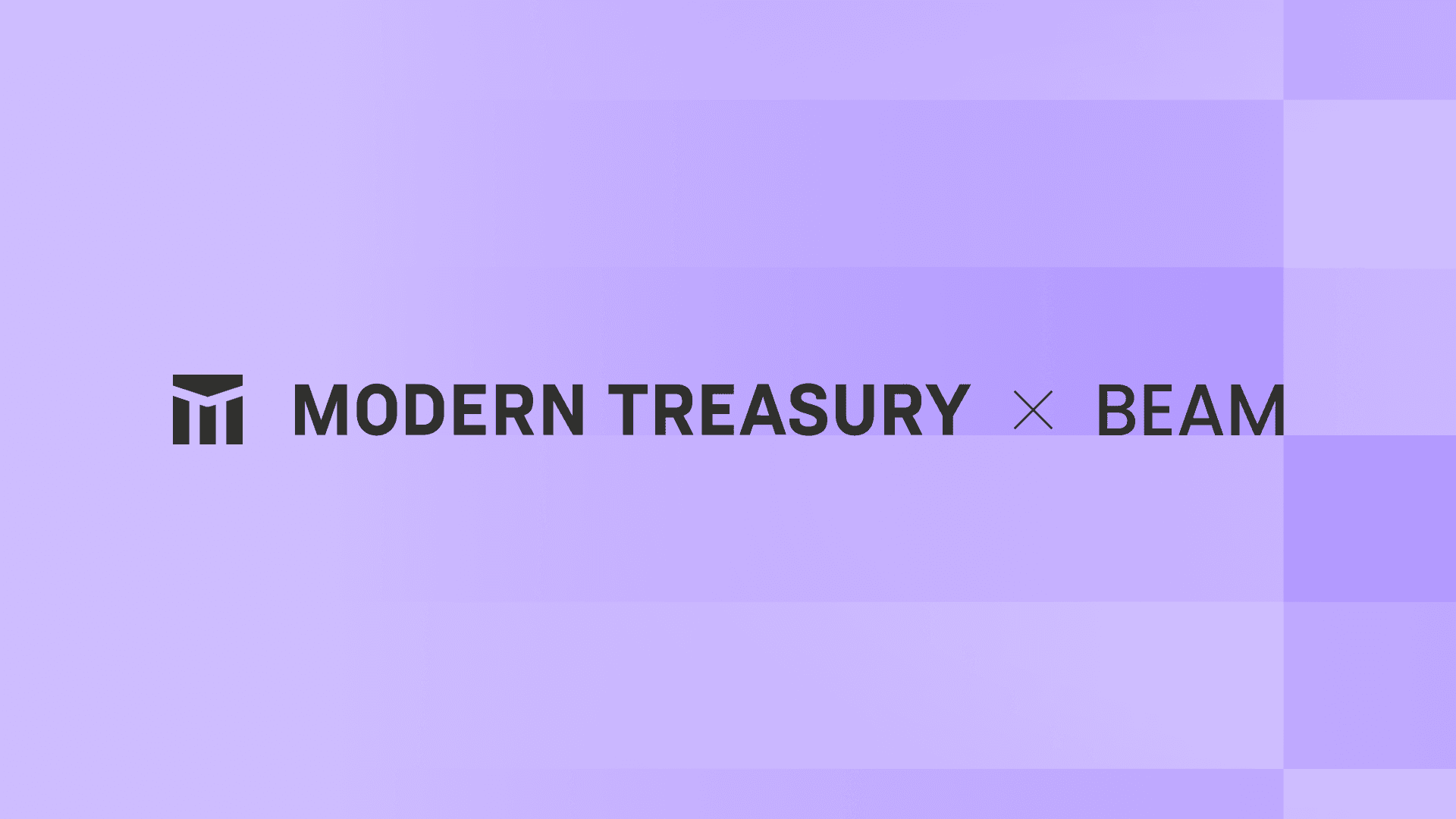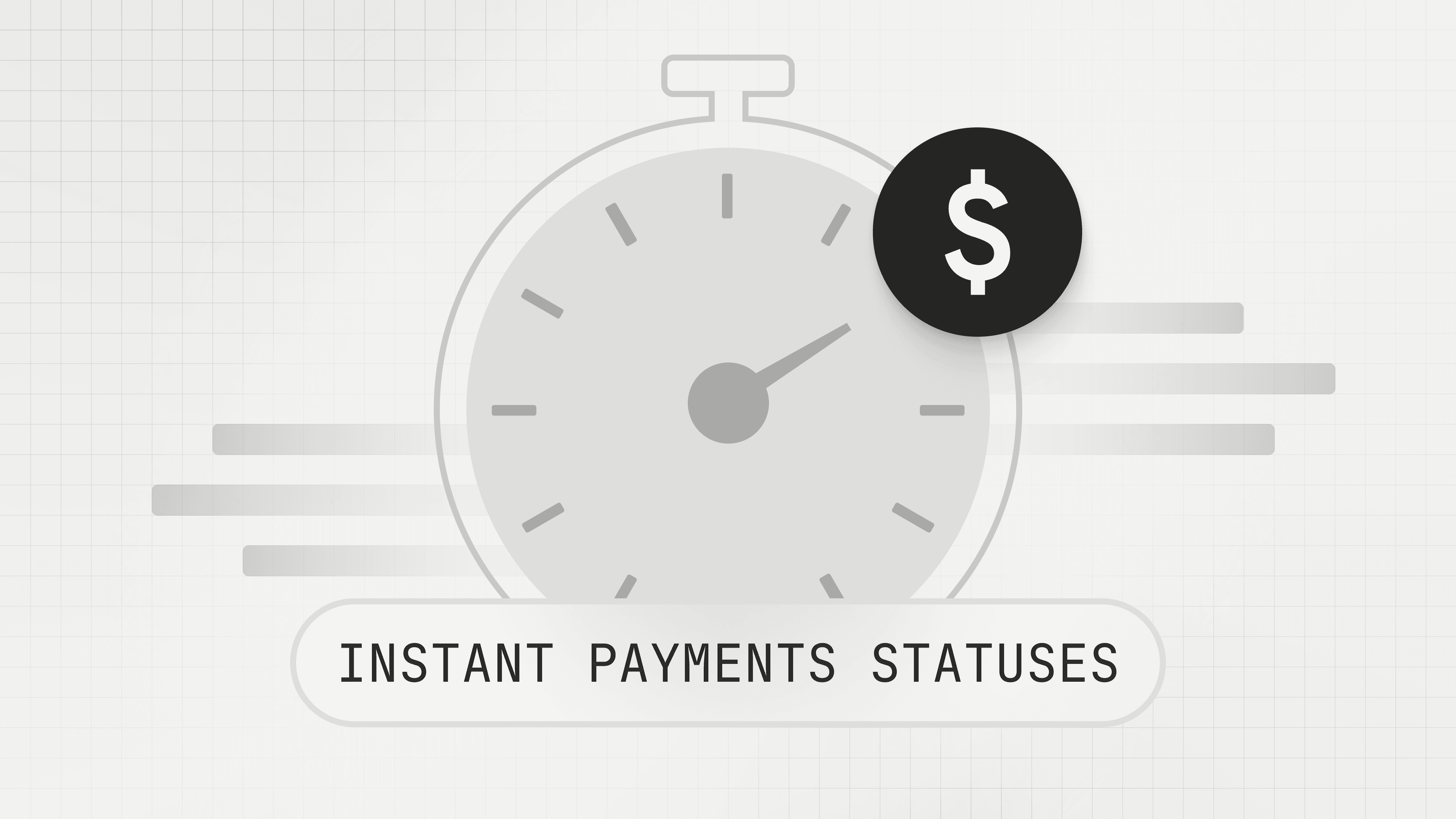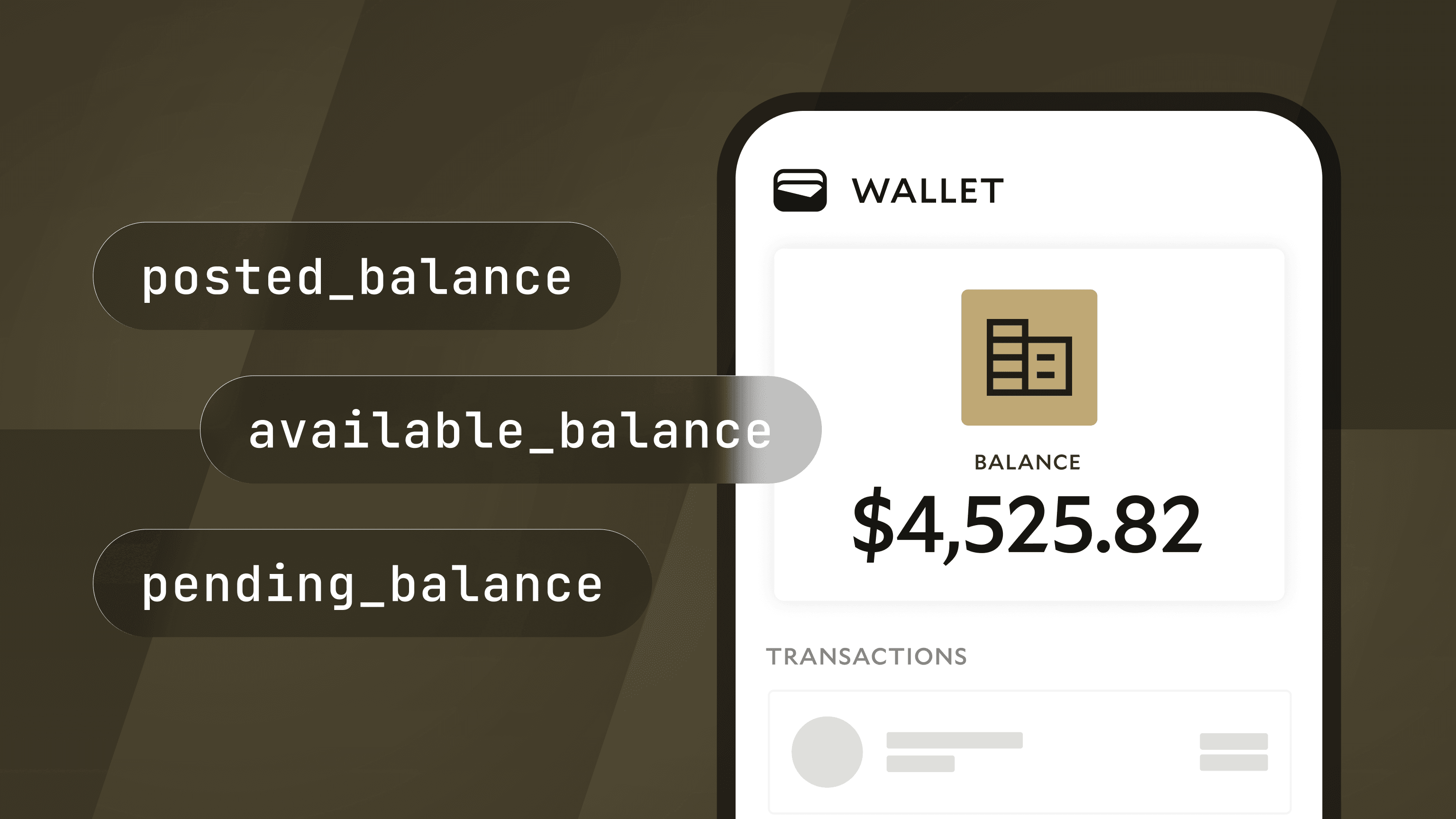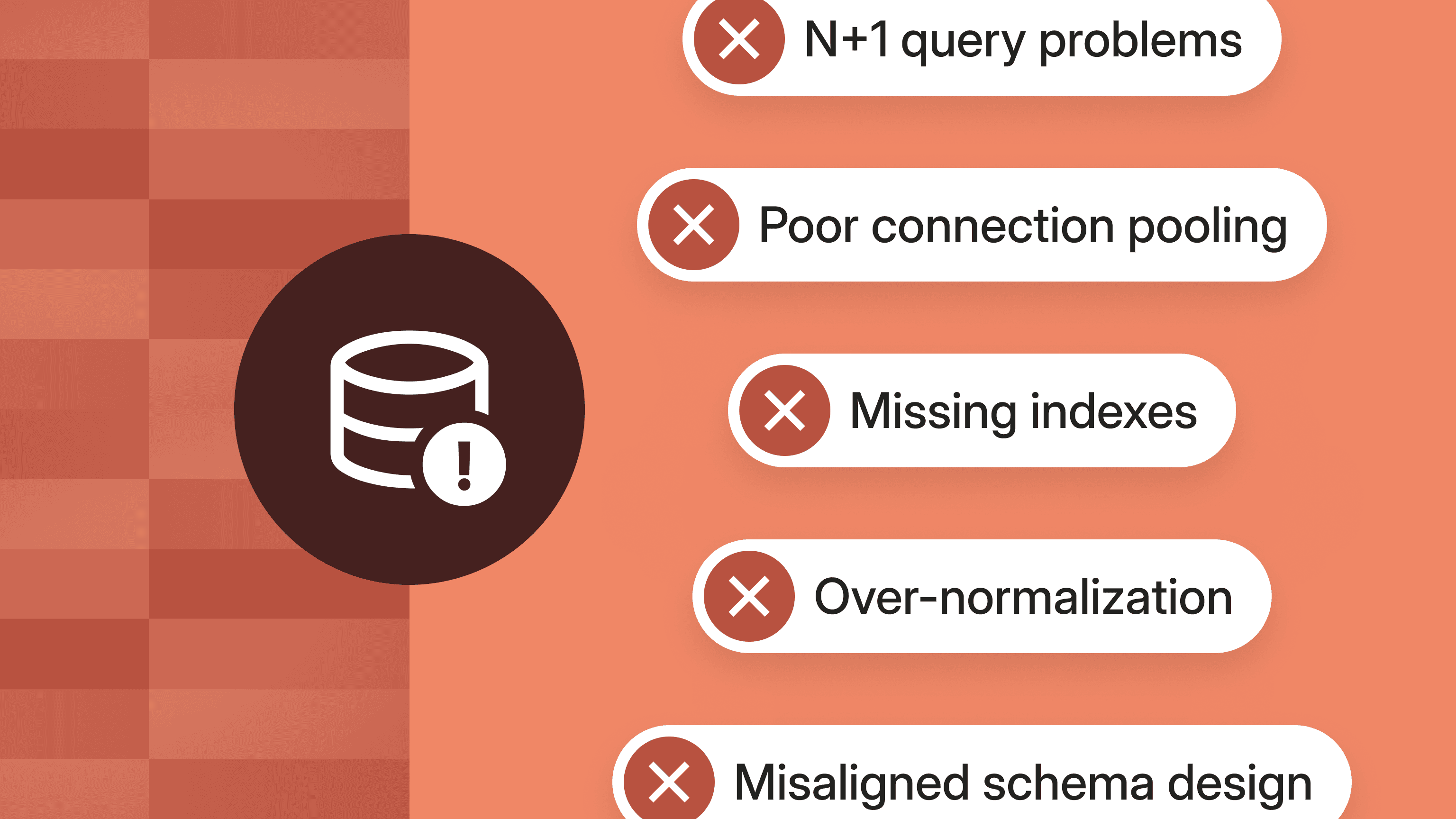Modern Treasury has acquired Beam.Build for what's next →
Stablecoins in Action: Reshaping B2B and B2C Payments
Stablecoins can drive cost-effective, real-time payments across global markets—featuring enterprise use cases, adoption data, and strategic implications for modern businesses.

Stablecoins combine the benefits of cryptocurrencies—such as instant and 24x7 transactions—with the stability of traditional currencies. This article explores what stablecoins are, their advantages, and their practical applications in business-to-business (B2B) and business-to-consumer (B2C) payments.
What Are Stablecoins?
Stablecoins are cryptocurrencies whose value is tied to another asset, such as a fiat currency or commodity, to maintain a stable price. They serve as a bridge between traditional financial systems and the digital economy, facilitating seamless transactions across various platforms. There are two primary categories:
- Fiat-backed Stablecoins: These are backed 1:1 by reserves of fiat currency held in regulated financial institutions. Examples include USD Coin (USDC) and PayPal USD (PYUSD).
- Algorithmic Stablecoins: These maintain their peg through algorithms and smart contracts that manage supply and demand, without direct fiat backing.
By leveraging blockchain technology, stablecoins enable fast, secure, and transparent transactions, making them suitable for various payment scenarios.
Advantages of Using Stablecoins in Payments
Integrating stablecoins into payment systems offers several compelling benefits:
- Speed: Transactions settle rapidly, often within minutes, operating 24/7, unlike traditional banking systems that may take days and are limited by business hours.
- Cost-Effectiveness: Lower transaction fees compared to conventional methods like wire transfers or credit card payments, especially in cross-border contexts.
- Finality: Once a transaction is confirmed on the blockchain, it is irreversible, reducing counterparty risk.
- Global Accessibility: Facilitates cross-border transactions without the need for currency conversions or intermediaries, making it ideal for international commerce.
- Programmability: Can be integrated into smart contracts and automated payment systems, enhancing operational efficiency and enabling innovative financial products.
Real-World Use Cases in B2B and B2C Payments
B2B Examples:
- Cross-Border Transactions: SpaceX utilizes stablecoins to collect payments from Starlink customers in countries with underdeveloped financial systems. By converting local payments into stablecoins, SpaceX mitigates foreign exchange risks and streamlines international transactions.
- Corporate Treasury Management: Standard Chartered is exploring the use of stablecoins to enhance cross-border payment efficiency and reduce costs associated with traditional banking systems. This initiative aims to provide clients with faster and more reliable international payment solutions.
B2C Examples:
- International Remittances: PayPal has introduced its own stablecoin, PYUSD, to facilitate faster and more cost-effective international transfers for consumers. This development enables users to send and receive funds globally with reduced fees and enhanced speed.
- Gig Economy Payments: Scale AI offers its overseas contractors the option to be paid in stablecoins, ensuring timely and stable-value payments regardless of local currency volatility. This approach enhances payment reliability and reduces the complexities associated with cross-border compensation.
Adoption Trends
The adoption of stablecoins has seen remarkable growth. In 2024, stablecoin transfer volumes reached $27.6 trillion, surpassing the combined transaction volumes of Visa and Mastercard by 7.7%. This surge underscores the increasing reliance on stablecoins for substantial financial transactions.
Active stablecoin wallets increased from 19.6 million in February 2024 to over 30 million in February 2025, representing a 53% year-over-year growth. This expansion suggests wider user engagement and the growing role of stablecoins in digital finance.
Additionally, major corporations and financial institutions, like Visa, are actively integrating stablecoins into their payment ecosystems. For instance, Visa has initiated pilot programs to send USDC via blockchain networks to payment firms, facilitating merchant settlements in cryptocurrency.
Challenges and Considerations
While stablecoins offer numerous benefits, several challenges must be addressed:
- Regulatory Uncertainty: The evolving regulatory landscape requires businesses to stay informed and compliant with new laws and guidelines.
- Compliance Requirements: Ensuring adherence to Anti-Money Laundering (AML) and Know Your Customer (KYC) regulations is crucial to prevent illicit activities.
- Market Volatility: Although designed for stability, factors such as reserve management and market perception can influence the reliability of certain stablecoins.
- Integration Efforts: Assessing the technical and operational implications of incorporating stablecoin payments into existing systems is essential for compatibility and security.
- Off-Ramp Challenges in Cross-Border Payments: Converting stablecoins into local fiat currencies can be hindered by limited financial infrastructure, local liquidity constraints, and a lack of reliable off-ramp partners in certain regions, leading to increased costs and delays.
Conclusion
Stablecoins are emerging as a transformative force in both B2B and B2C payments, offering advantages in speed, cost, and global reach. As adoption grows, businesses should evaluate the potential of stablecoins to enhance their payment processes while remaining cognizant of the evolving regulatory landscape.
At Modern Treasury, we see the broader need for payment operations infrastructure for stablecoin payments, just like traditional rails. We’ve long been payment rail agnostic—letting companies choose the rails that help them build their best businesses. To this end, we’re happy to support stablecoins as a rail through which our customers do business. Reach out to us if you have questions.








